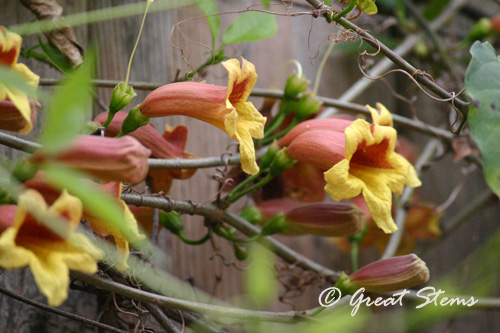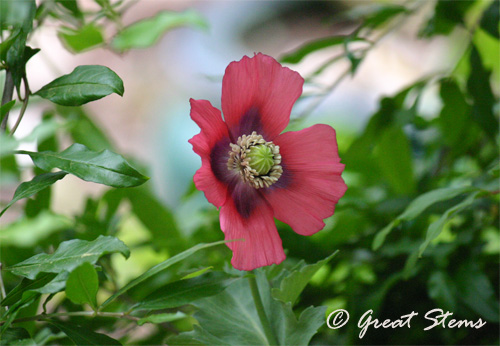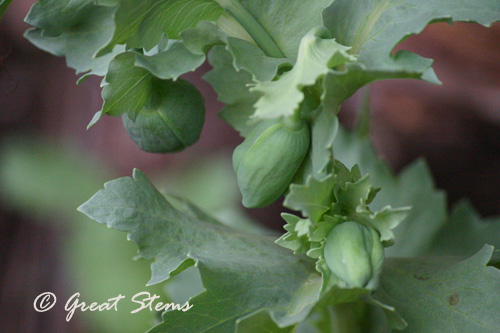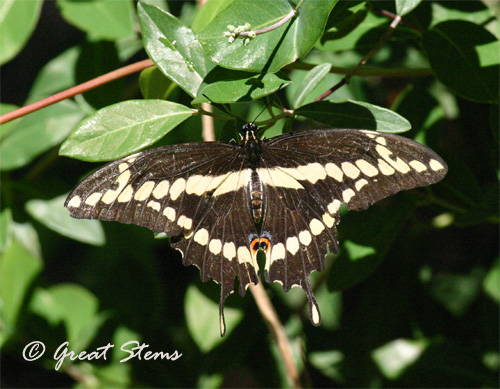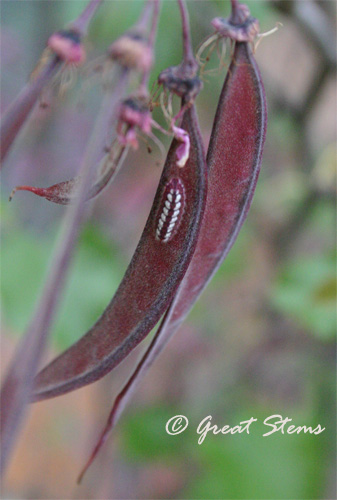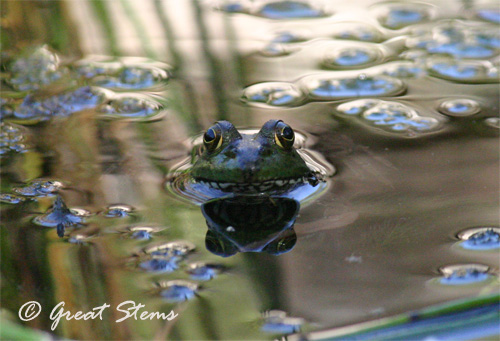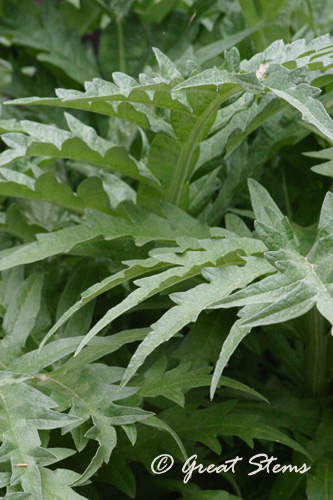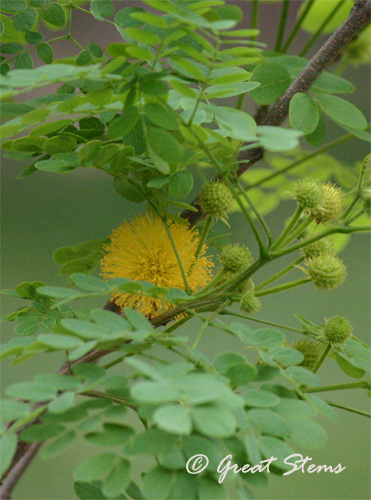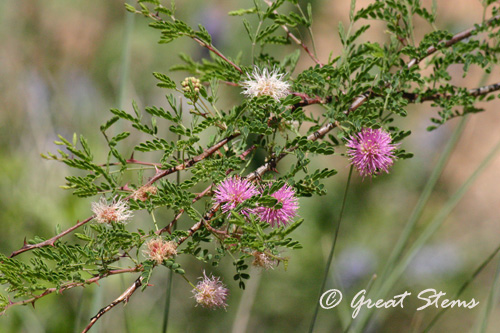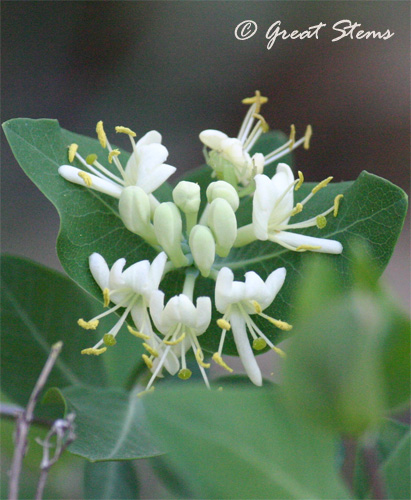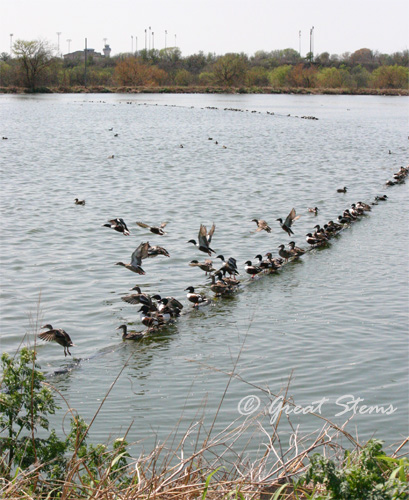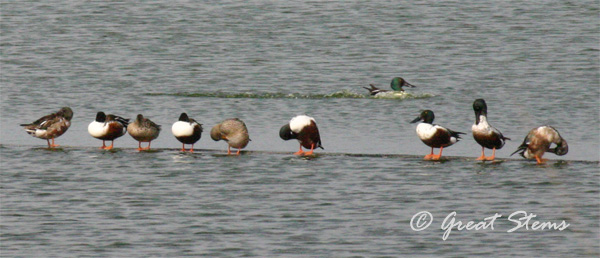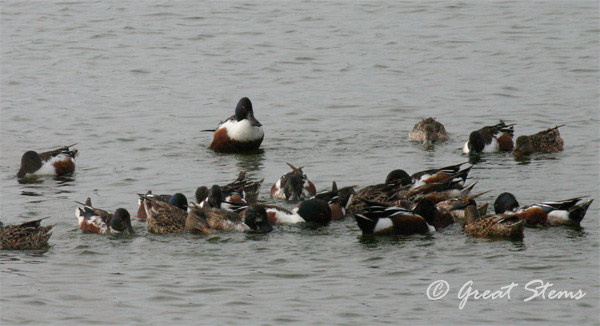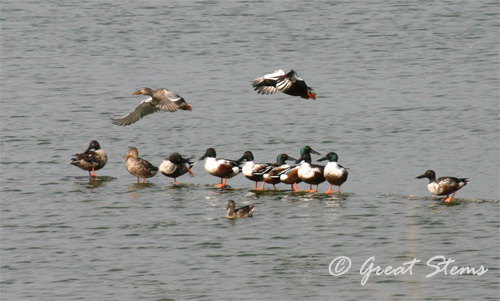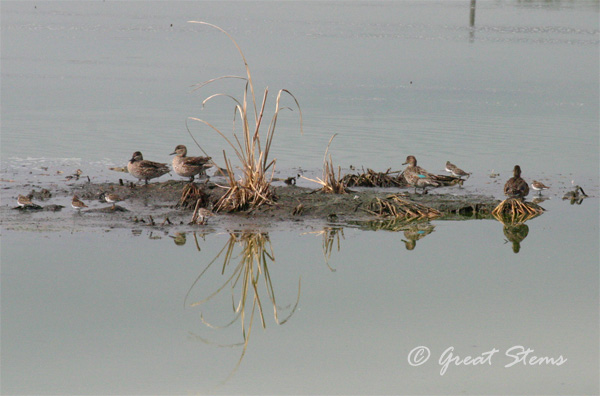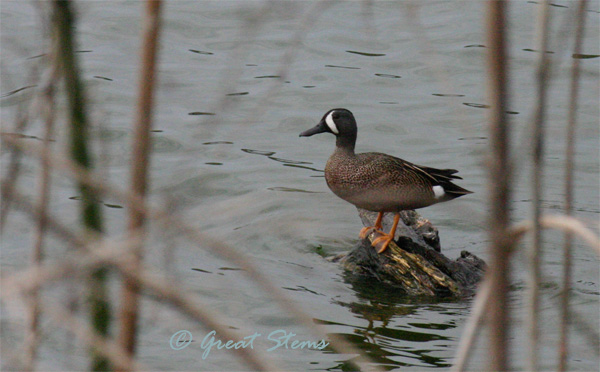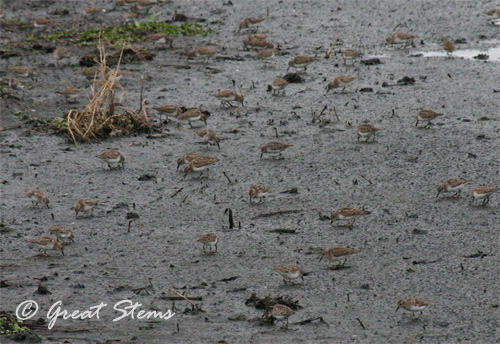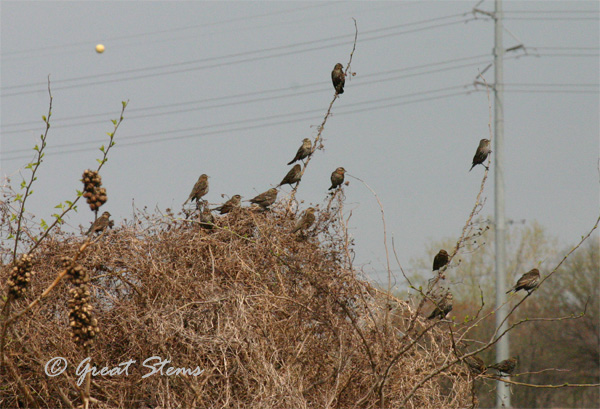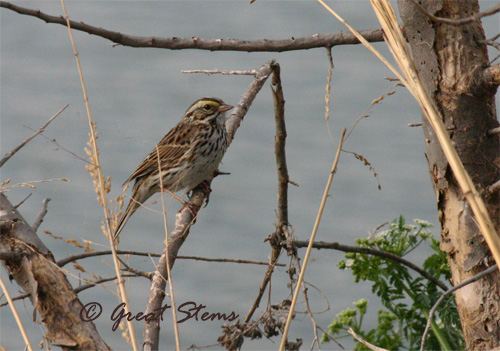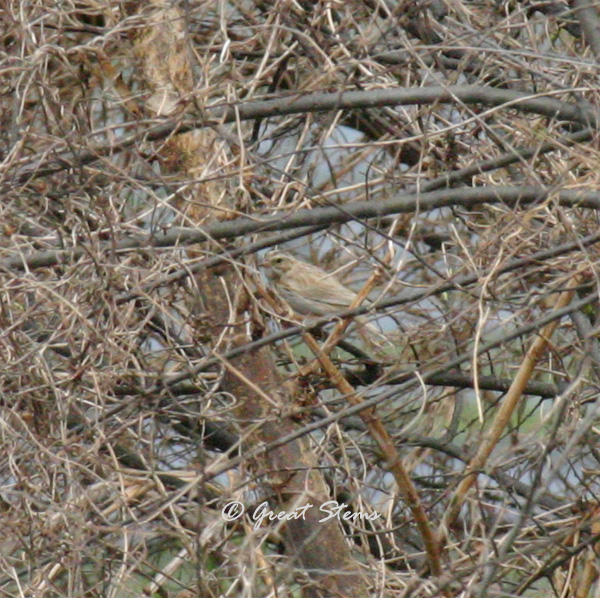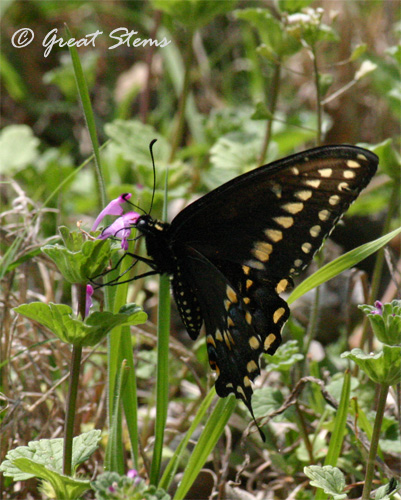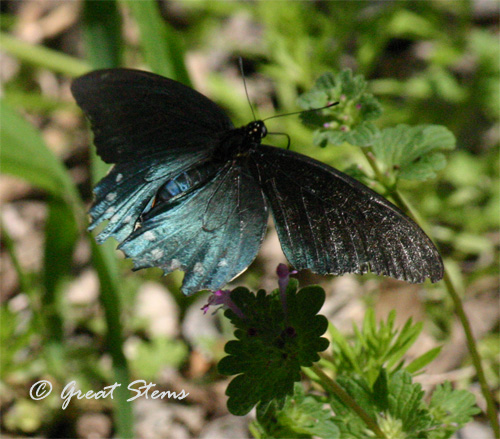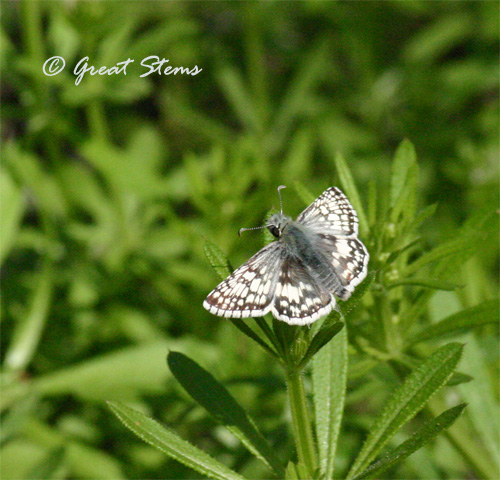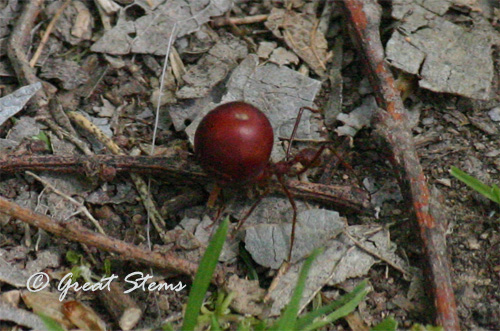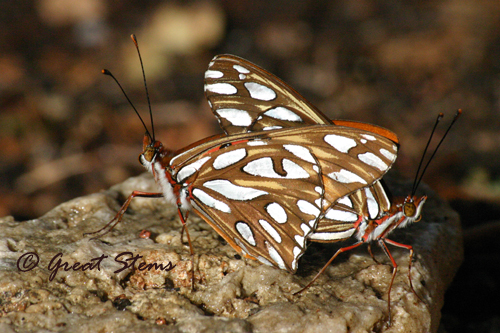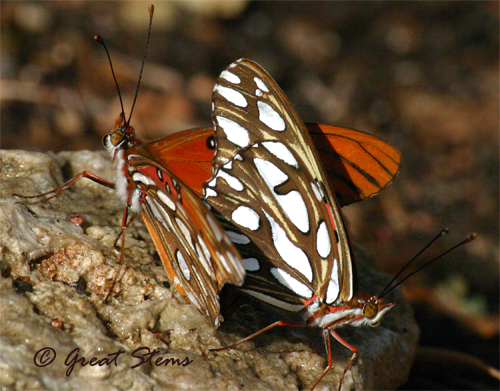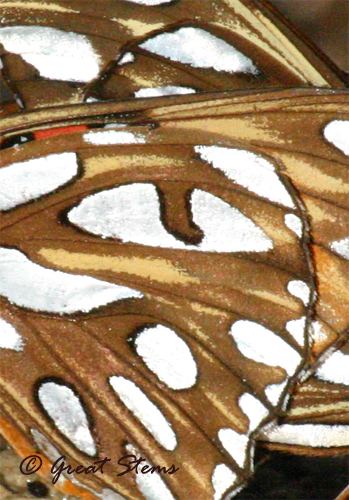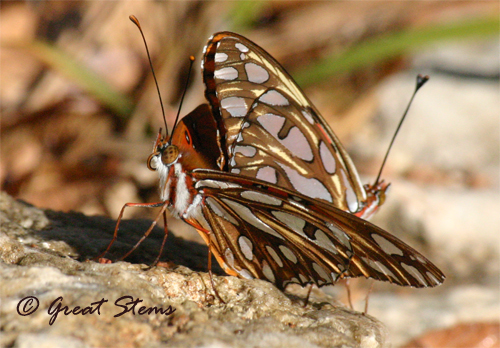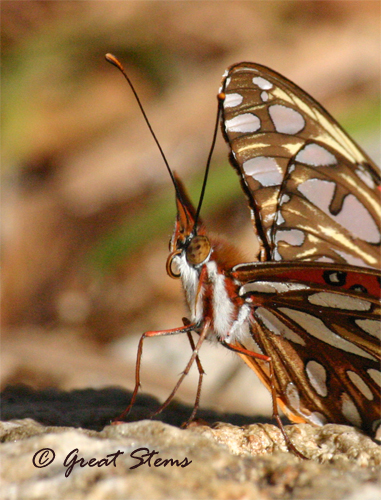It's a funny thing how nature works. Last year we had one of the worst droughts in recorded Texas history, and this year we have some of the best wildlife viewing. In fact, 2011 was so empty of caterpillars, butterflies, and other insects that I had great concern for many of our birds, spiders, reptiles, and other wildlife that are dependent on such invertebrates. But this year, after having a reasonable amount of fall and winter rain, we've seen an amazing number of caterpillars of all species and with them a tremendous explosion of butterflies and moths. What that means is that we'll also have lots of baby birds this season, all things considered, and hopefully lots of other creatures. Needless to say, I'm having fun in the wildlife garden - so much to watch!
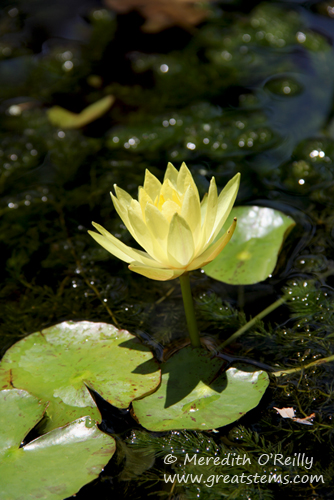 Yellow Water Lily
Yellow Water Lily
This spring has marked a number of firsts for our relatively young garden (I'm going to call it young until it has reached its fifth birthday). Our native Yellow Water Lily is blooming at last. I have waited such a long time for it to do so, though to be fair, it's certainly possible that it has bloomed without me knowing it. My White Water Lily still hasn't bloomed yet, as far as I know, but I shall remain hopeful!
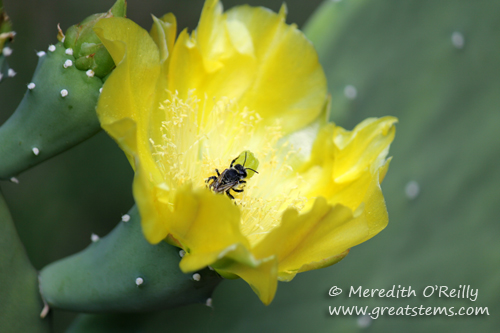 Spineless Prickly Pear
Spineless Prickly Pear
We were getting worried that our Spineless Prickly Pear would never bloom, but lo and behold, it's in bloom right now. Sure enough, bees and flies and other insects are getting drunk on that delicious Opuntia nectar!
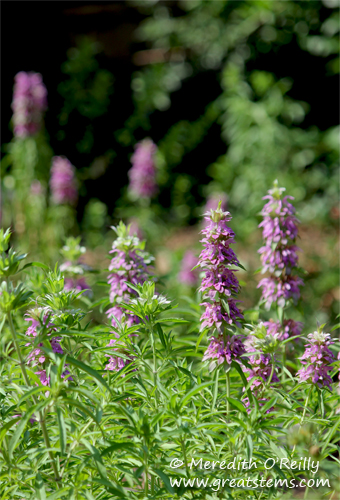
Horsemint
Horsemint, Coreopsis, Black-eyed Susan, and Pincushion Daisy are all in bloom in the garden for the first time. Were those in seed mixes I'd spread around? Or did the birds deliver them? I'd think the first, except that Horsemint and Coreopsis also happen to be growing at the entrance to our subdivision. Hmmmm. The other two are probably just all me.
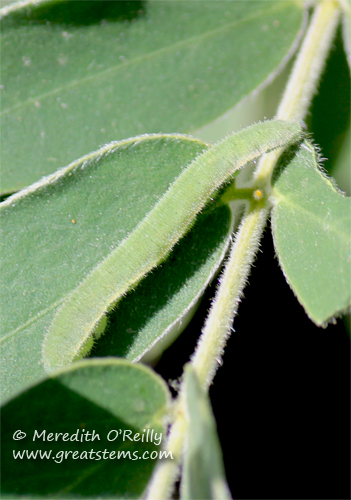
Sleepy Orange caterpillar -- I love how it blends with the fuzzy Lindheimer's Senna leaves
Caterpillars I've longed for but hadn't yet seen munching on the plants we'd planted for them are at last here. With luck, they'll return as adults to lay more eggs. Pipevine caterpillars, previously present only from eggs brought home on nursery plants, have officially appeared as the result of a visiting female Pipevine Swallowtail. Sleepy Orange caterpillars have been munching on our Lindheimer's Senna, but with all the other Sulphur butterflies fluttering about, I expect there will be more.
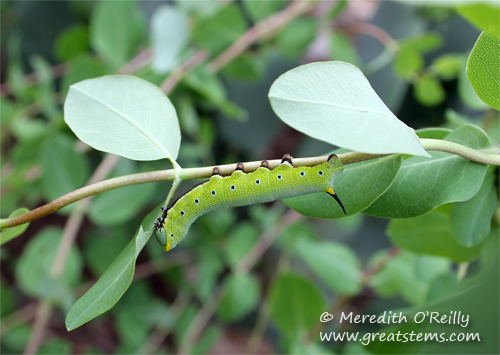
Snowberry Clearwing caterpillar on White Honeysuckle
Butterfly caterpillars aren't the only ones in great numbers. Snowberry Clearwing caterpillars, complete with the "horns" consistent with their family, have been happily grazing on the White Honeysuckle Shrub. Lots of unnamed but equally welcome moth caterpillars have been seen in trees, on shrubs, on grasses, on veggies, and perennials. That means it should be a good food year for bats and owls and swallows and the like!
The Monarchs and Queens have returned, as have the Black Swallowtails, I report with relief. I'll feel much better once I see Giant Swallowtails and Tigers again, along with other Swallowtail species of which I am quite fond. And I think we've all been impressed by the showing of Red Admirals this year! Painted Ladies, Buckeyes, Question Marks, Checkerspots, Gulf Fritillaries - oh the list goes on.
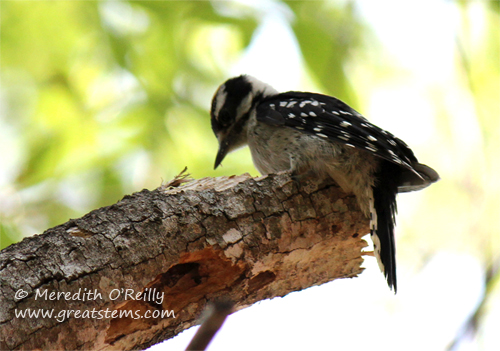
Downy Woodpecker collecting insects
Our Mama Eastern Screech Owl returned to our backyard, and last night I saw an owlet shyly peering down at me from its nesting box. Baby birds are starting to fledge right and left, and we're watching parent birds teaching their young how to find food. The toads are singing their nightly mating calls. And today for the first time, I watched a Downy Woodpecker feed insects from an old limb to another Downy Woodpecker on a nearby branch. Cute as can be! It's a good spring. Thank goodness!

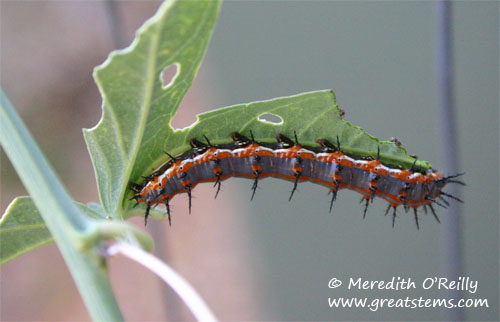
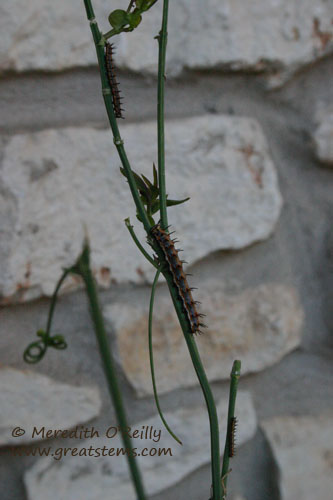 My poor plant, formerly known as "quite large," has very few leaves left on it! Now I have to worry about the little caterpillars running out of food. My babies!
My poor plant, formerly known as "quite large," has very few leaves left on it! Now I have to worry about the little caterpillars running out of food. My babies!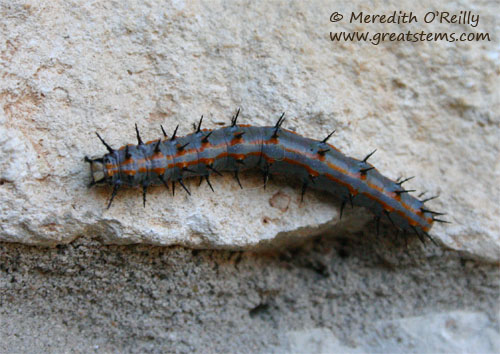
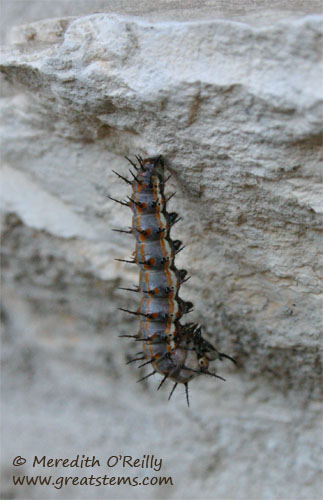
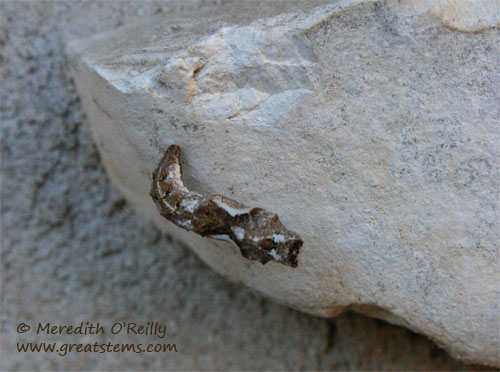
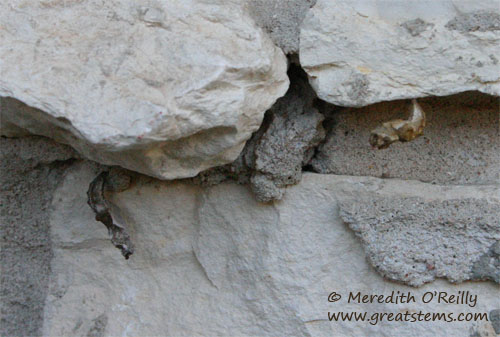
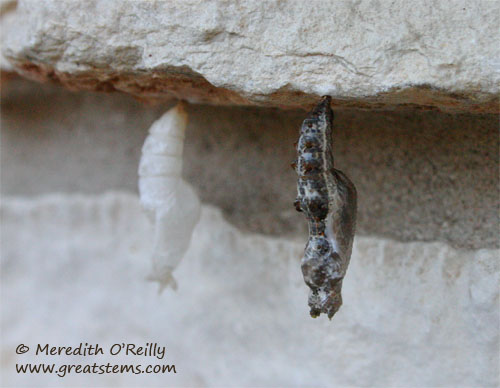
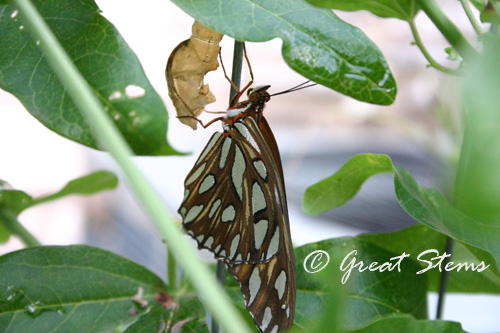
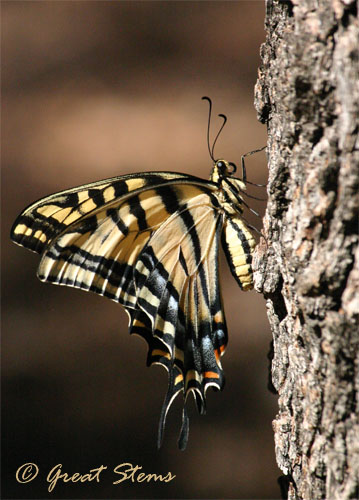
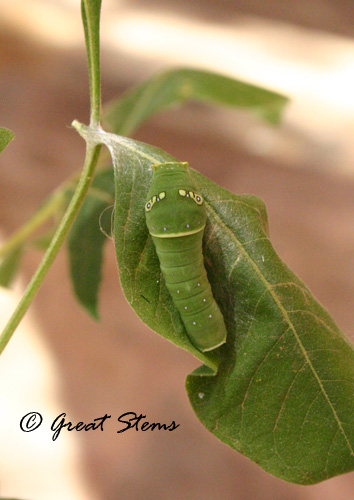
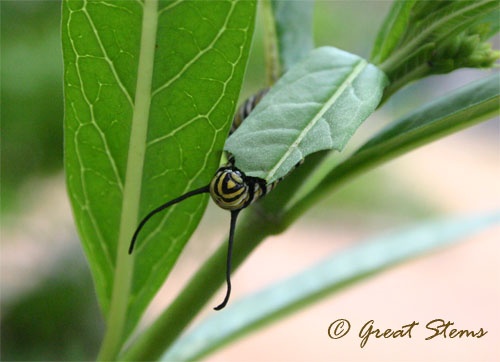
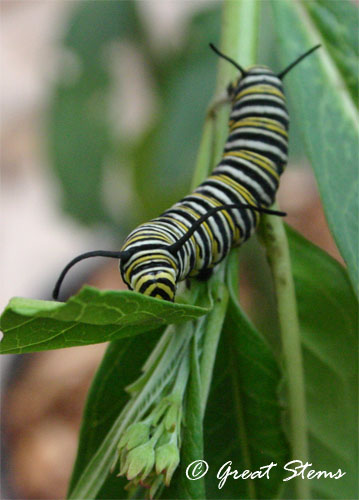
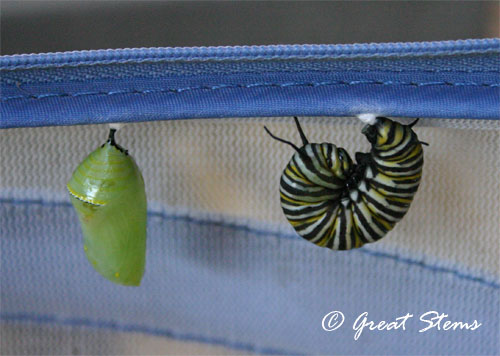
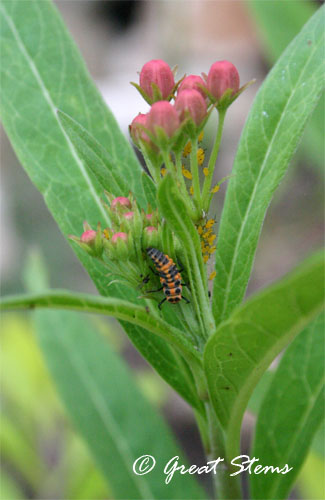
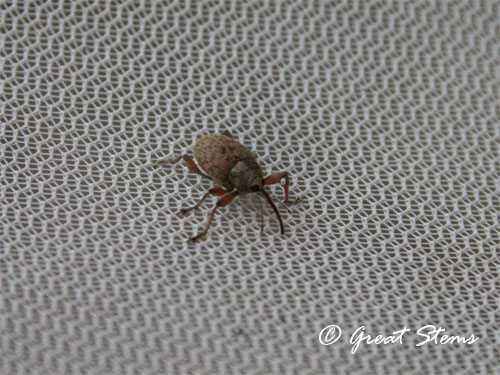
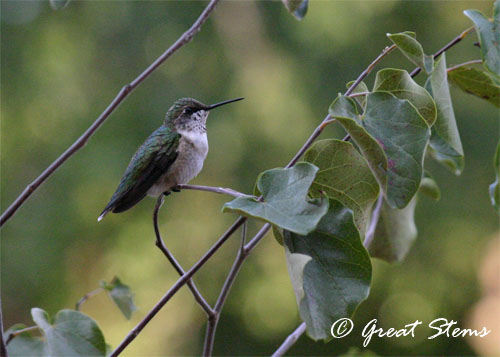
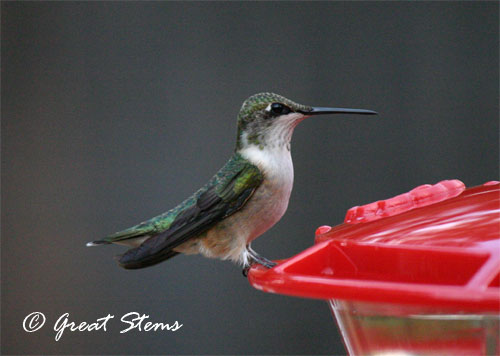
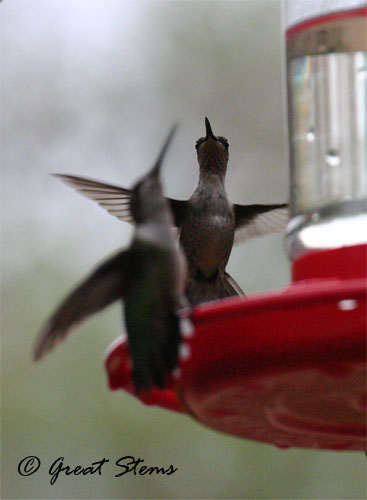
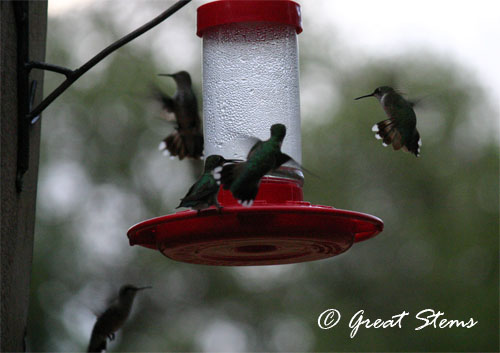
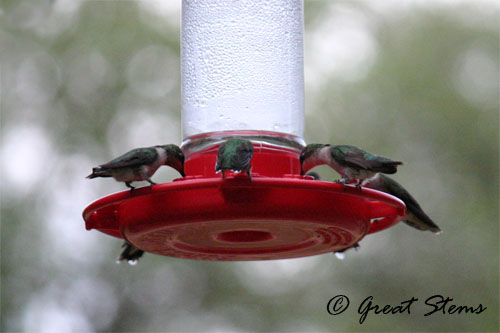
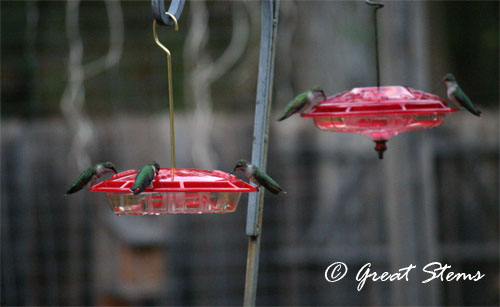
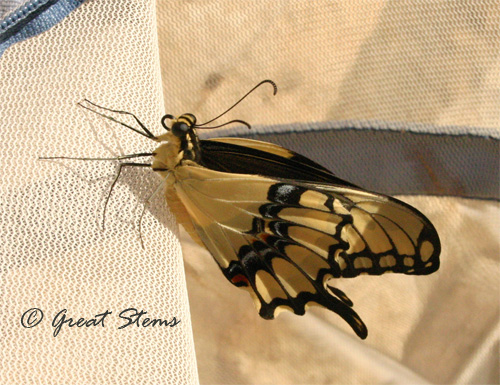
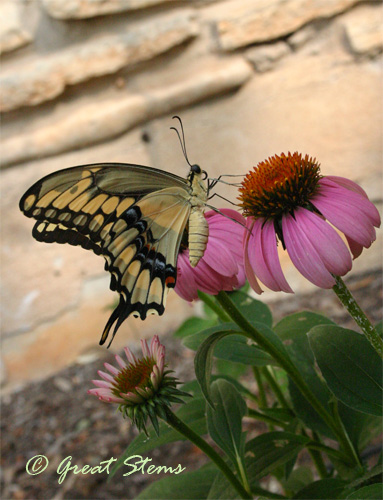
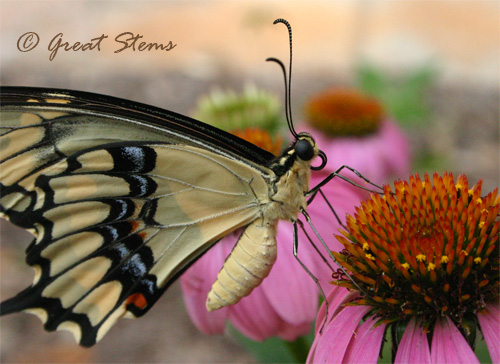
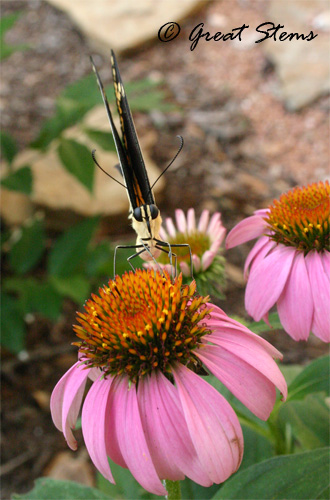
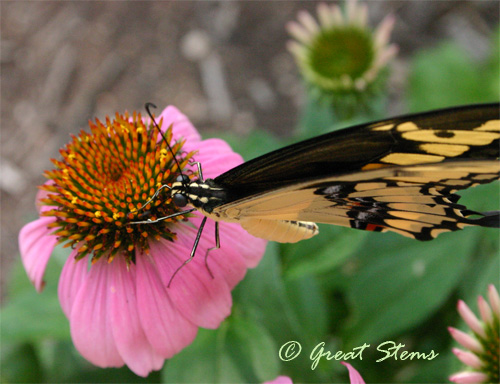
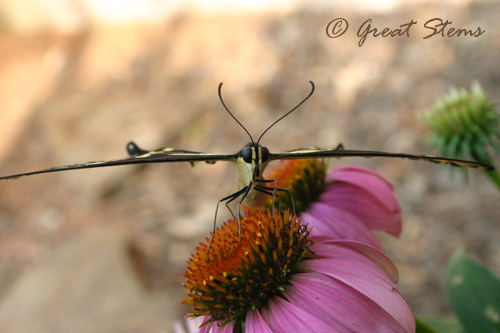
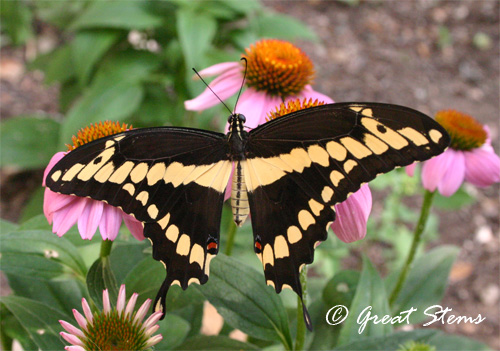
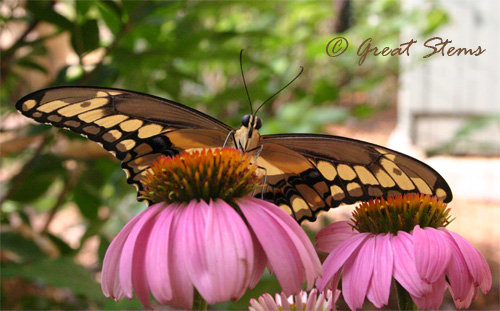
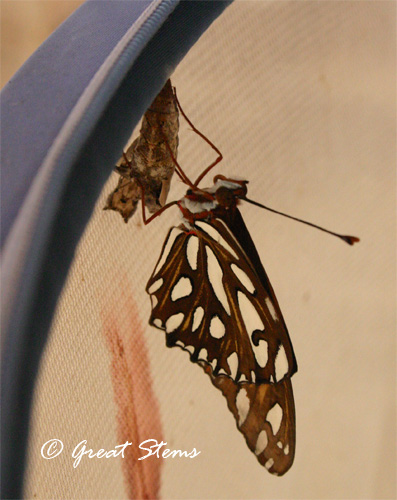
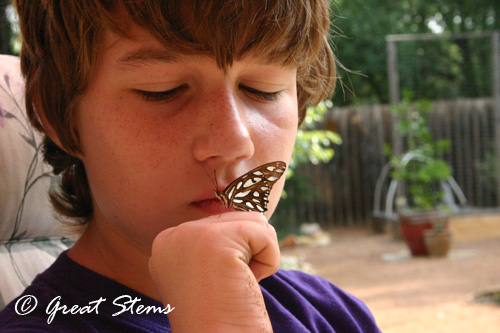
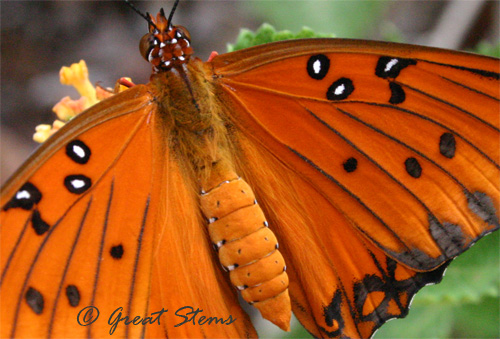
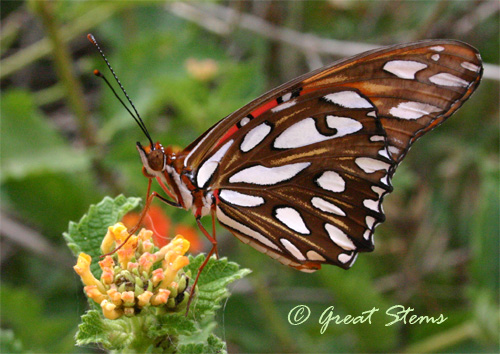
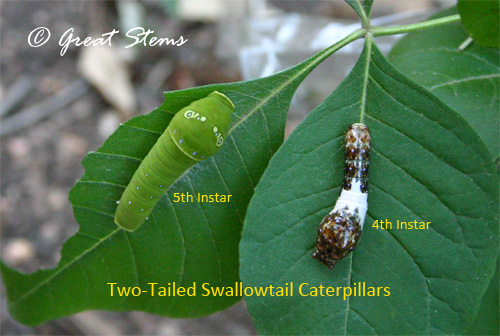
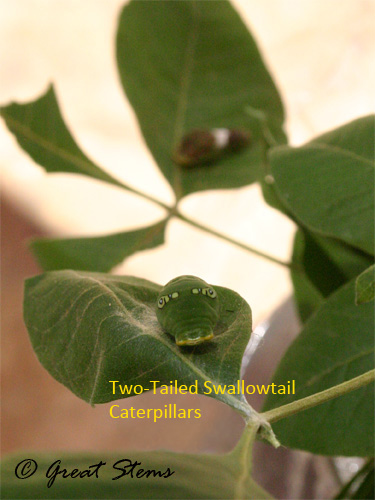
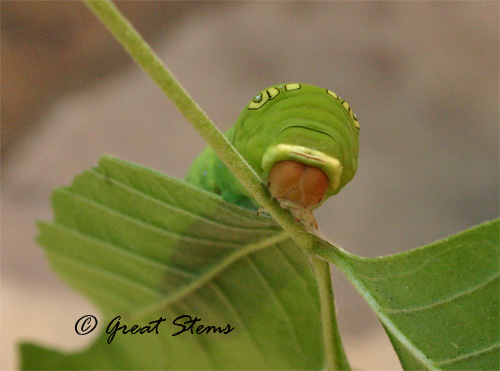
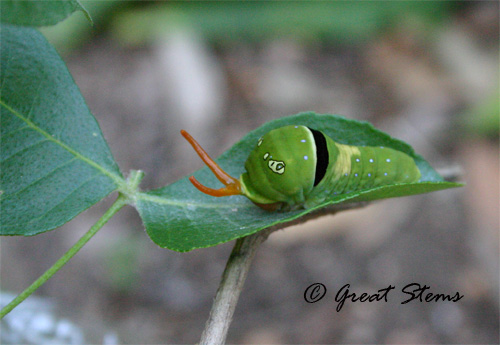
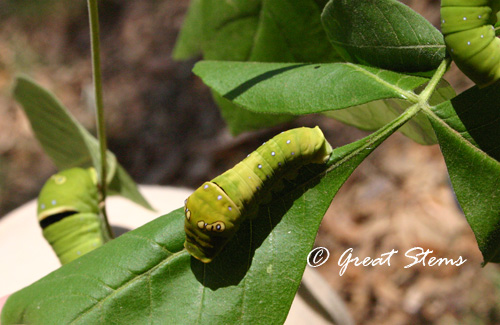
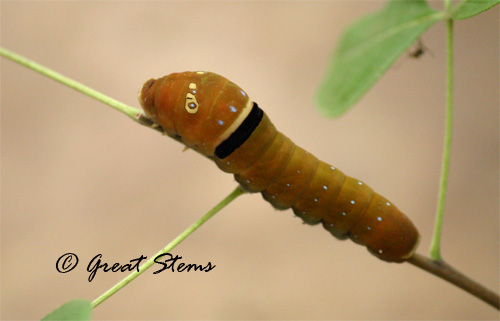
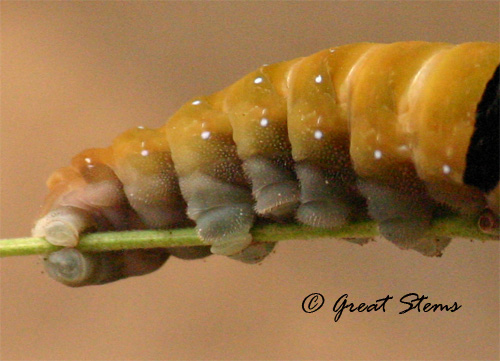
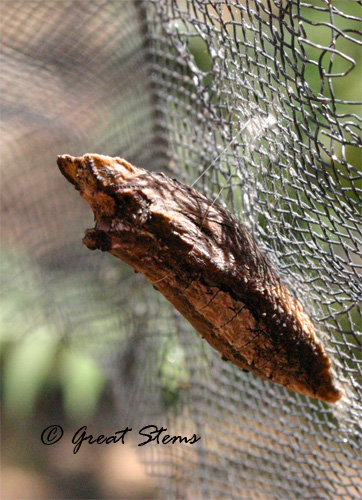
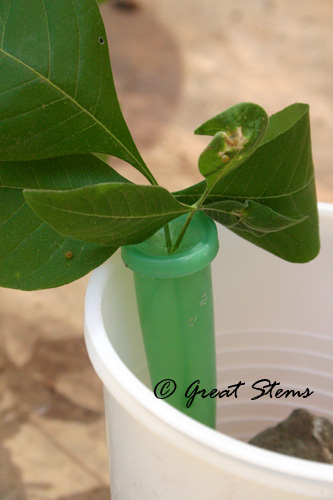
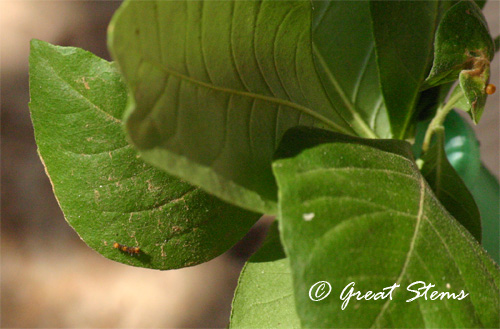
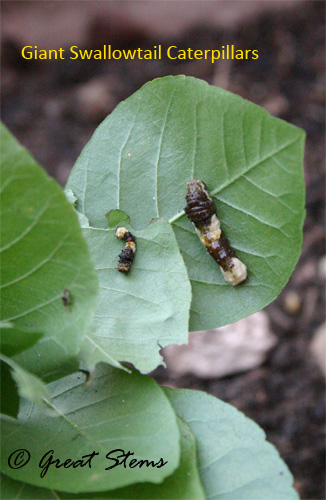
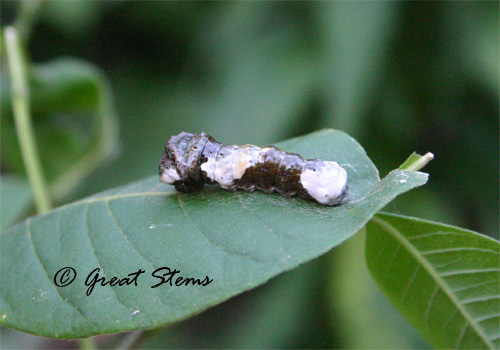
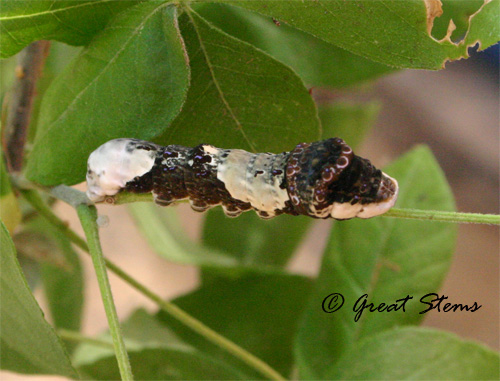
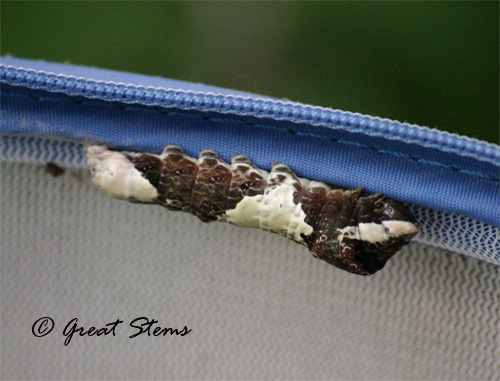
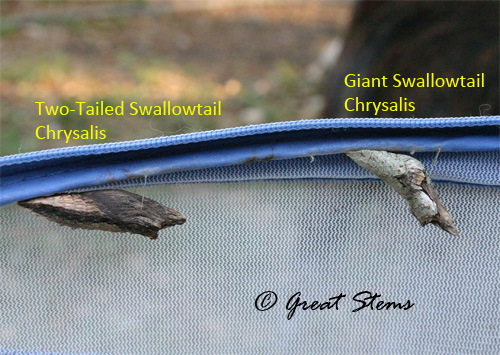
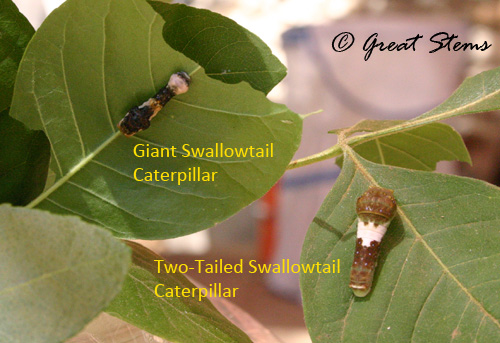
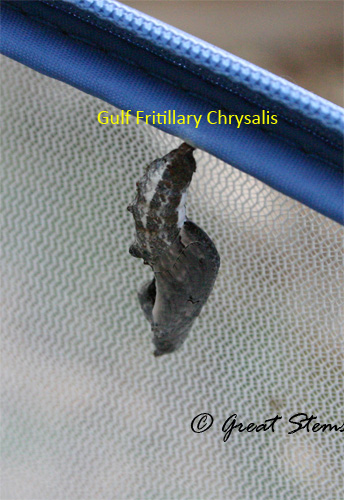
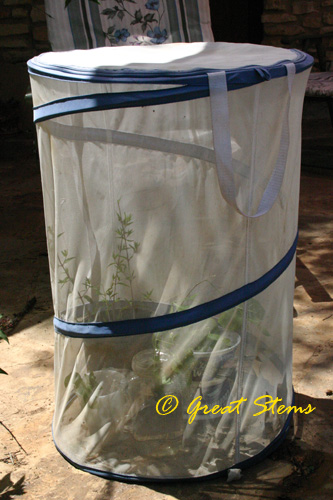
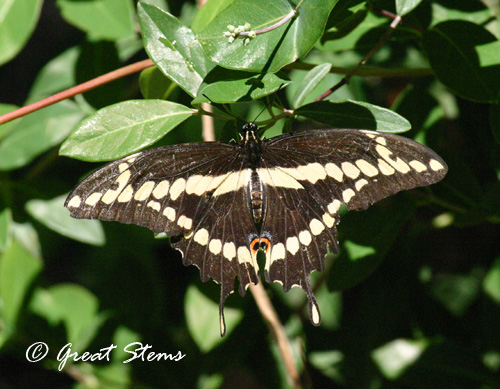
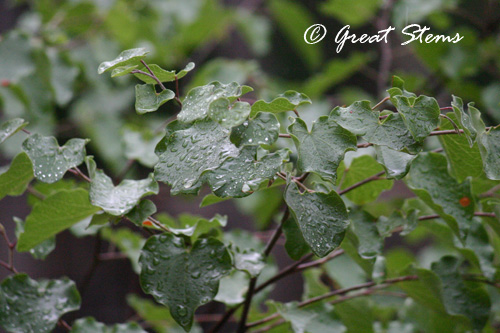
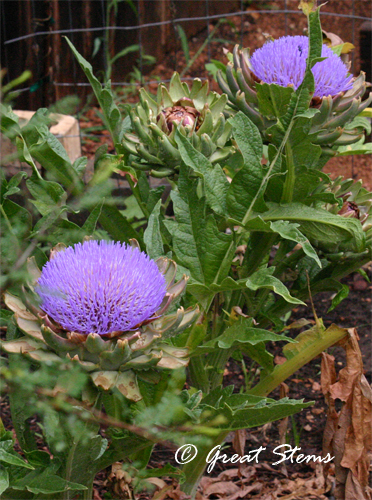
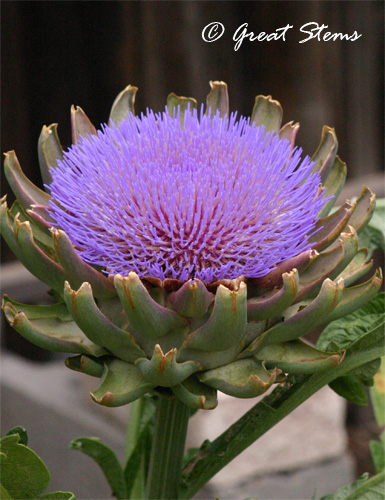
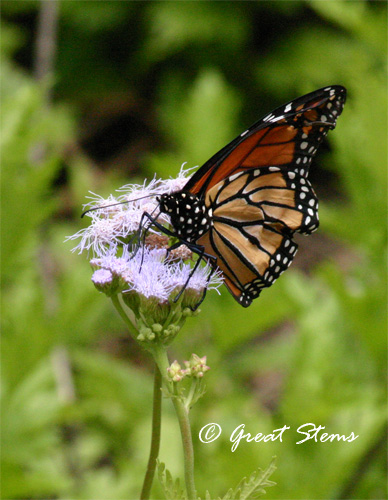
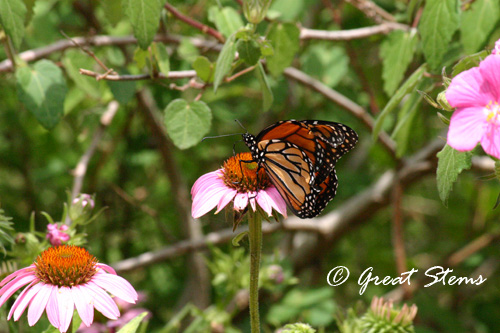
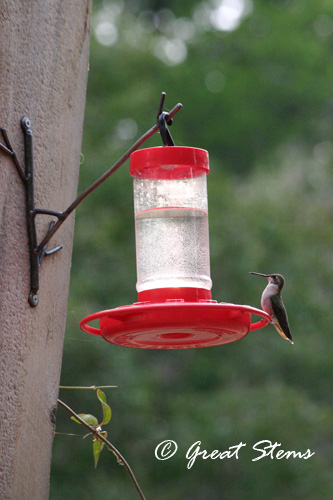
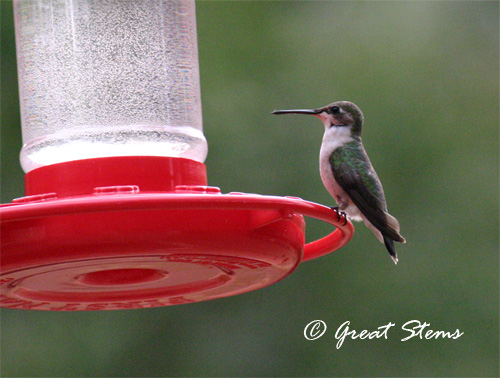
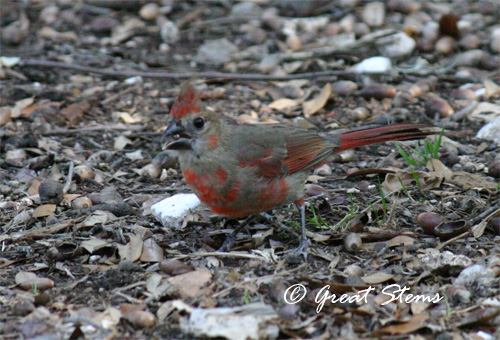
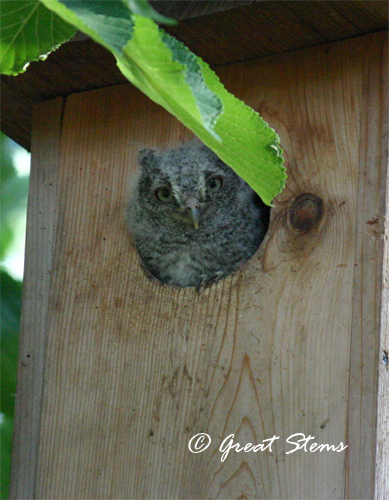
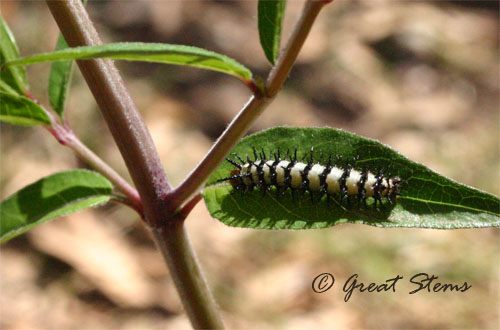
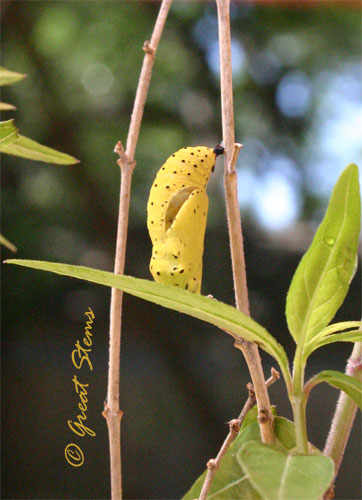
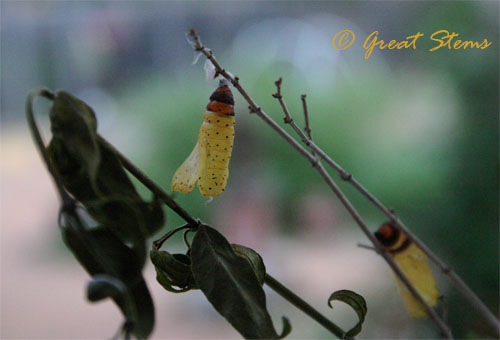
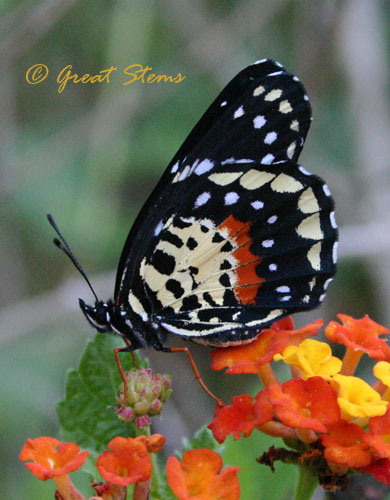
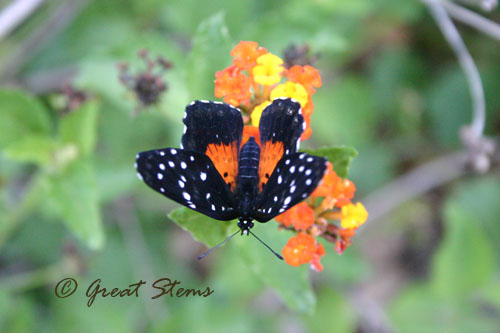
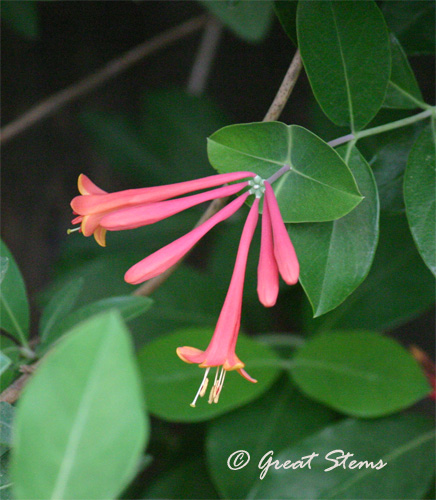 The vines are all abloom, and those that aren't yet are at least exhibiting major growth spurts. The Coral Honeysuckle is becoming a bit of an octopus -- I keep trying to train it to go over the fence, and it keeps sending out more arms to reach for the pathway instead.
The vines are all abloom, and those that aren't yet are at least exhibiting major growth spurts. The Coral Honeysuckle is becoming a bit of an octopus -- I keep trying to train it to go over the fence, and it keeps sending out more arms to reach for the pathway instead.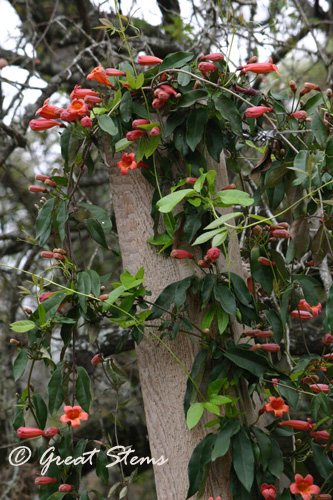
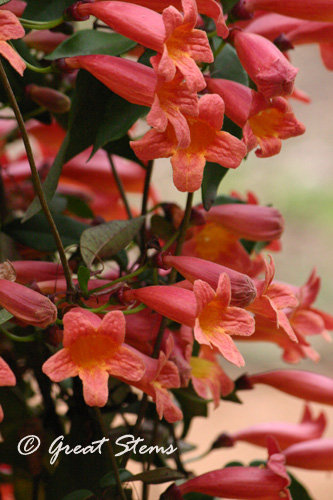 Even though it's considered a hummingbird vine, I have yet to see one of our hummingbirds visit a crossvine bloom -- they go to other plants or the feeders instead. But the bees sure went crazy for the Crossvine this year, so it must have plenty of nectar! Those finicky hummingbirds...
Even though it's considered a hummingbird vine, I have yet to see one of our hummingbirds visit a crossvine bloom -- they go to other plants or the feeders instead. But the bees sure went crazy for the Crossvine this year, so it must have plenty of nectar! Those finicky hummingbirds... 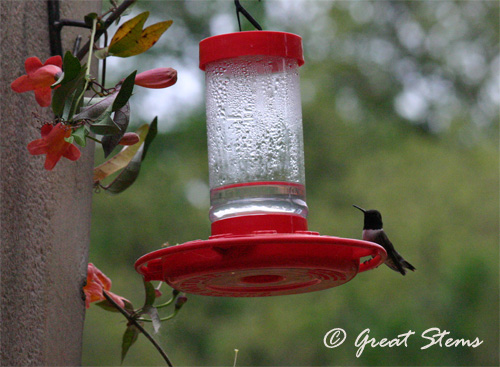 So far we've had male black-chinned hummingbirds this year -- I'm sure they are awaiting the arrival of the females even more than we are. I wonder why I haven't seen any Ruby-Throats yet -- they are our usual visitors.
So far we've had male black-chinned hummingbirds this year -- I'm sure they are awaiting the arrival of the females even more than we are. I wonder why I haven't seen any Ruby-Throats yet -- they are our usual visitors.